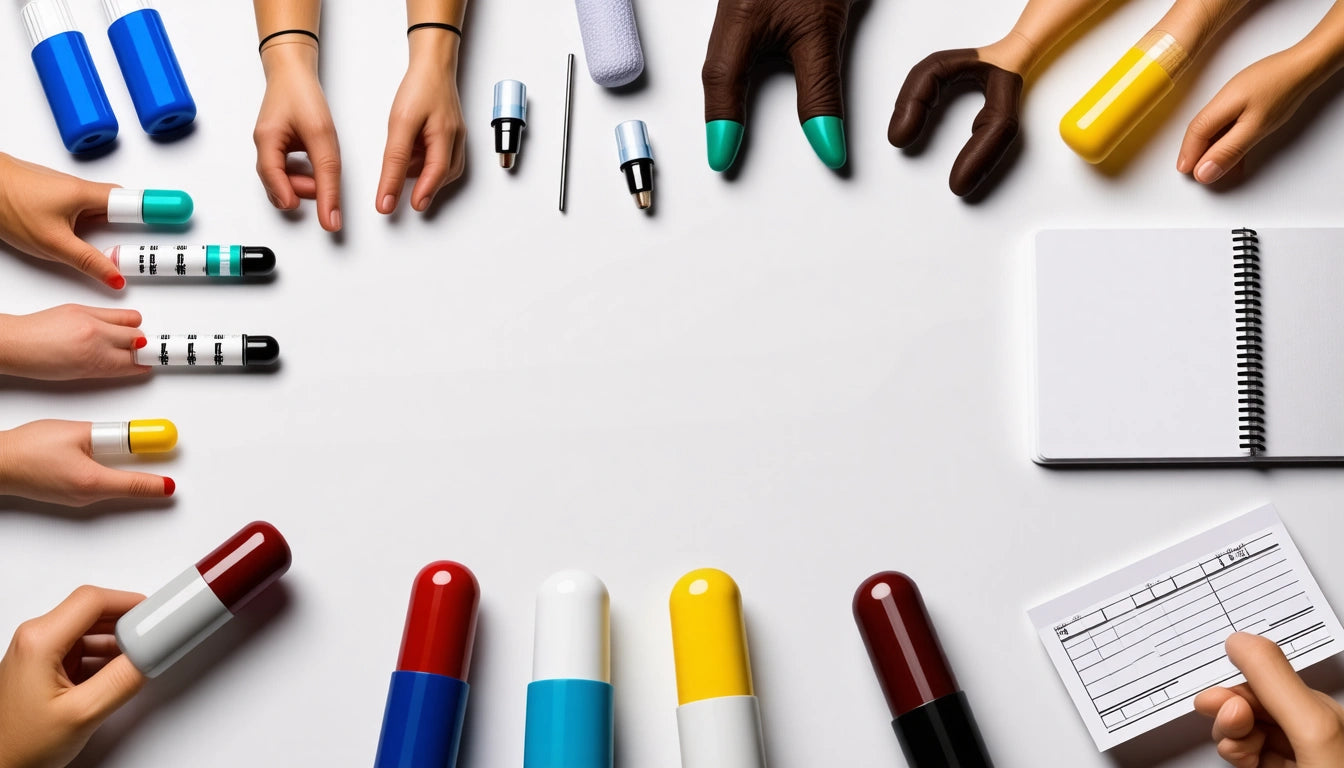Table of Contents
- What is a Rapid Drug Screen? Understanding the Basics
- Rapid Alcohol Screening Tests: Quick Detection Methods
- What Does a Rapid Drug Screen Test For? Common Substances
- How Rapid Drug Tests Work: The Science Behind Quick Results
- How Long Does a Rapid Drug Test Take? Timing Expectations
- Accuracy and Limitations of Rapid Screening Methods
- Future Developments in Rapid Substance Screening Technology
Understanding Rapid Drug and Alcohol Screening Tests: What They Are and How They Work
Rapid drug and alcohol screening tests have become essential tools in various settings, from workplace safety programs to healthcare facilities and law enforcement. These quick-result tests provide preliminary information about substance use without the delay of laboratory analysis. Understanding what a rapid drug screen is and how it functions can help individuals and organizations make informed decisions about their use.
What is a Rapid Drug Screen? Understanding the Basics
A rapid drug screen is a preliminary testing method designed to quickly detect the presence of drugs or drug metabolites in biological samples. Unlike comprehensive laboratory tests, rapid screens provide on-site results within minutes, making them valuable for immediate decision-making scenarios.
These tests typically use immunoassay technology, which relies on antibody-antigen reactions to detect specific substances. The most common sample types include urine, saliva, sweat, and occasionally breath for alcohol. Each sample type offers different detection windows and advantages depending on the testing scenario.
For more detailed information about the differences between screening tests and confirmatory tests, you can refer to this comprehensive comparison of drug screens versus drug tests.
Rapid Alcohol Screening Tests: Quick Detection Methods
What is a fast alcohol screening test? These are specialized rapid tests designed specifically to detect recent alcohol consumption. The most common forms include:
- Breath alcohol tests (breathalyzers)
- Saliva alcohol tests
- Urine alcohol screening
Breathalyzers are the most widely recognized, measuring alcohol concentration in exhaled breath to estimate blood alcohol content (BAC). These devices are frequently used in roadside testing by law enforcement and in workplace safety programs where operating machinery requires sobriety.
Saliva alcohol tests offer a less invasive alternative that can detect alcohol consumption within the past 24 hours. These tests are increasingly popular in situations requiring discreet, quick screening.
What Does a Rapid Drug Screen Test For? Common Substances
What does a rapid drug screen test for? Standard rapid drug screens typically detect specific classes of substances rather than individual drugs. The most common panel tests include:
- Marijuana (THC)
- Cocaine
- Amphetamines/methamphetamines
- Opiates (morphine, codeine, heroin)
- Phencyclidine (PCP)
- Benzodiazepines
- Barbiturates
- Methadone
- MDMA (Ecstasy)
The specific substances tested vary depending on the panel size, with 5-panel and 10-panel tests being the most common configurations. For a detailed breakdown of what specific panels test for, this guide on urine drug screen substances provides valuable insights.
How Rapid Drug Tests Work: The Science Behind Quick Results
Rapid drug tests rely primarily on immunoassay technology, which uses antibodies that bind specifically to drug molecules or their metabolites. When a sample contains the target substance, it triggers a visible reaction, usually indicated by colored lines or electronic readings.
The most common formats include:
- Dipstick tests: Sample collection devices are dipped into urine
- Cassette tests: Samples are applied to a testing chamber
- Cup tests: Collection and testing occur in the same container
For industries that require secure storage and handling of testing supplies, tamper-evident containers with child-resistant features are essential for maintaining sample integrity and compliance with safety regulations.
How Long Does a Rapid Drug Test Take? Timing Expectations
How long does a rapid drug test take? Most rapid screening tests deliver results within 5-10 minutes, though specific timing varies by test type and manufacturer. This quick turnaround represents one of the primary advantages over laboratory testing, which can take days to return results.
The typical timeline for rapid drug testing includes:
- Sample collection: 1-2 minutes
- Processing time: 3-8 minutes
- Result interpretation: 1-2 minutes
This efficiency makes rapid tests particularly valuable in time-sensitive situations such as post-accident testing, reasonable suspicion scenarios, or emergency medical care where treatment decisions depend on knowing a patient's substance use status.
Accuracy and Limitations of Rapid Screening Methods
While rapid tests offer convenience and speed, they have important limitations compared to laboratory methods:
- Higher rates of false positives and false negatives
- Limited ability to detect low concentrations of substances
- Vulnerability to adulteration or sample tampering
- Cross-reactivity with certain medications or foods
These limitations explain why positive rapid test results are typically considered presumptive until confirmed by more specific laboratory methods such as gas chromatography/mass spectrometry (GC/MS). For more information about testing procedures and accuracy considerations, this resource on drug screening test procedures provides valuable context.
Future Developments in Rapid Substance Screening Technology
The field of rapid substance screening continues to evolve with several promising developments on the horizon:
- Increased sensitivity and specificity in immunoassay technology
- Expanded panels to detect synthetic and emerging drugs
- Smartphone-integrated testing devices for remote result verification
- Biometric verification to confirm sample authenticity
- Non-invasive detection methods using breath or sweat
These advancements aim to address current limitations while maintaining the speed and convenience that make rapid testing valuable. As regulations around substance testing evolve, particularly regarding cannabis legalization in many regions, testing technologies will likely adapt to distinguish between recent use and historical exposure.
Understanding what rapid drug screens test for and how they work empowers individuals and organizations to use these tools appropriately within their specific context, whether for workplace safety, healthcare, or legal compliance purposes.











Leave a comment
All comments are moderated before being published.
This site is protected by hCaptcha and the hCaptcha Privacy Policy and Terms of Service apply.